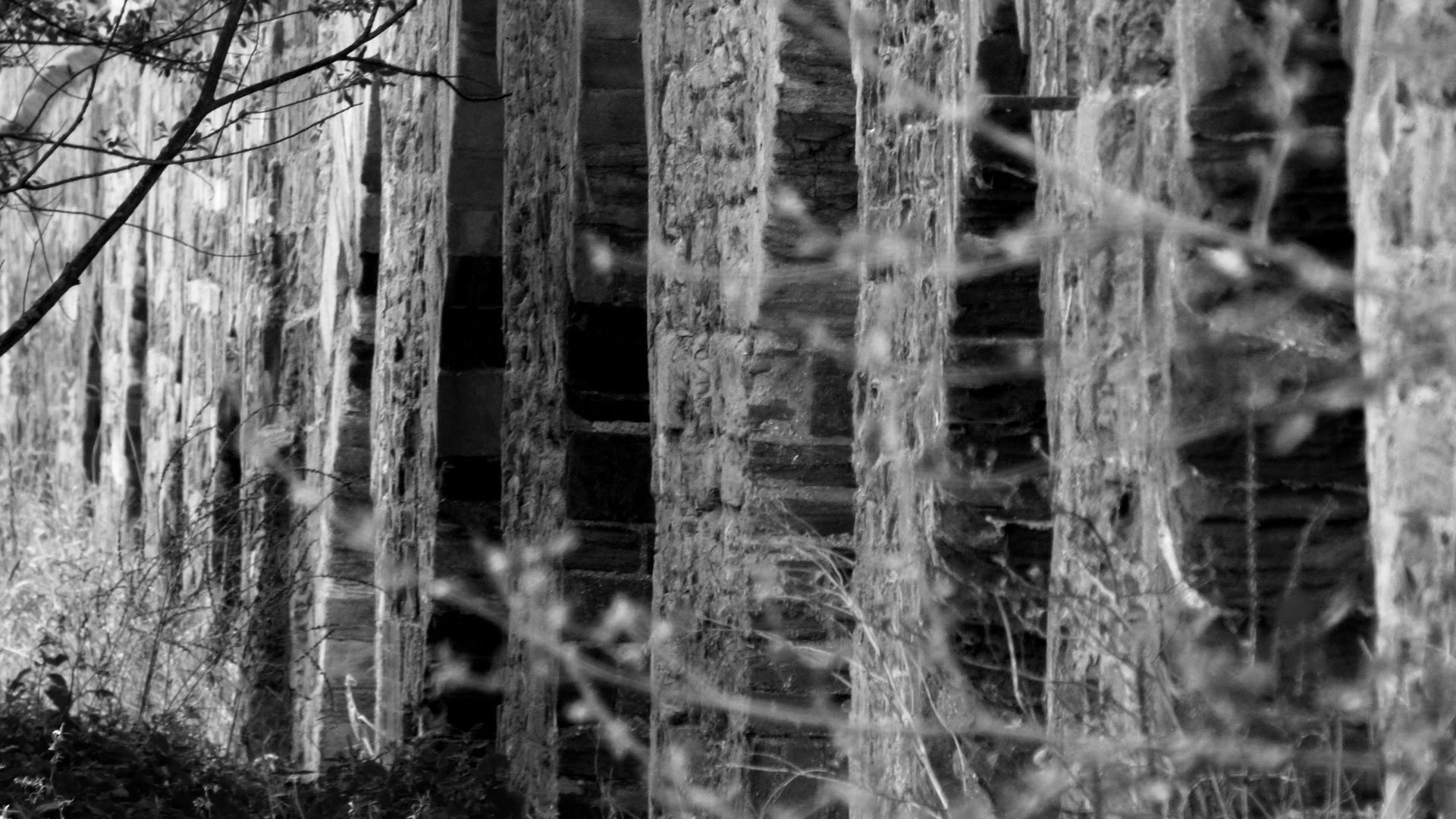I live near the centre of a large fen village. Just up from the green, opposite the pub. Directly outside my front door, a couple of paces across the narrow but busy road is the war memorial. There’s an old soldier on the column, his head bowed toward his rifle, which he’s leaning on like a farm labourer might rest upon a spade. It occurs to me only now, as I write that, that this might be intentional in these parts. From mine, I look at him side on; he faces up to the traffic coming from Cambridge, the pub gets the back view. He’s a bit of an old boy, as they say here. He has a mature and heavy moustache, a Roman nose, his tin hat is pulled on securely, and fastened. He strikes me as rather fierce, serious and still.
Each side of the column has the names of villagers who never returned home. Family names bunched up. Facing me: Grainger, Graves, Hewitt, Hewitt, Hewitt, Hopkins, Ward, Ward, Ward, Waters, Worland, Worland, Worland.
And it’s in this space that the village centres. It crisscrosses here, moves, lingers, shouts, talks. The school, the co-op, the pharmacy, the butcher all within a few moments’ reach of this space. The gap between the memorial and the pub is enough for three cars if everyone plays nicely. I’m parked there now. People gather here, fall out here, taxis bib their horns for drinkers, feast parades file past, the Remembrance Sunday crowd settles naturally enough here.
The high street passes through and out of the village. Three miles north – at a spot which on on my old school atlas was shaded with an intriguing crosshatched lilac area to show the land was below sea level – the same road crosses the Great Ouse. Up river, thirty miles west, is the many arched sandstone and limestone bridge at Great Barford.
Another pub, another junction, more open space for congregation, but here the river runs right alongside and up to the village. There are leisure craft crews in the bar; families, students, parties of retired couples. It’s subdued because no one knows anyone outside of their group. They order and move on. They ask for trays and take drinks out to the green by the river.
The bridge is everything here. Built almost six centuries ago it drew criticism from the market traders in Bedford who said that their businesses were suffering because the bridge was drawing people away to the rest of the county. It has been extended and repaired many times since. Originally eight broad arches, the river has receded since then, as navigation improvements tidied the banks, and a flood meadow grew on the bank opposite: there are now seventeen arches. There’s no room to pass on the narrow span, so traffic lights sit at either end.
The arch that once marked the southern end of the bridge now sits squarely in the water; sandstone and limestone have been replaced by brick, which has in turn been replaced by iron. There are ad hoc repairs and much of it is flood damaged, centuries and styles dovetailed together. The whole span was topped with brick in 1876 (“Unfortunately it has new brick parapets”, said Pevsner).
In the original soft stone, above the water, beneath the traffic, sand martins have been making their homes for hundreds of generations. The entrances to their nest holes are worn smooth by the years of use. They look like waves have been crashing against them always. The martins flash past chasing midges in an unfocussable whirl of screams and style, skimming the water and a few seconds later thundering across the tops of the meadow flowers opposite. They fling themselves into the holes with intuitive ease, some unknown exchange later, and they are out, added to the chaos around and under and above the bridge. The workmen making repairs will have seen them, the summer traders and travellers, leaning over the edge to catch a cooling updraft from the river, will have tried to follow their trajectories. Year after year. Tiny, annual, insistent punctuations through the life of the village.
On silk smooth evenings swifts congregate high above the war memorial. As the fading day cools and the sun dips, arcing down past the soldier and beyond the 1960s houses opposite, they drift lower and lower, following the insects as they lose energy.
Tiny, flickering black crosses two hundred feet above, passing in looping circles behind the other buildings; out of sight they go, back again, dizzyingly fast and distant. They pull in, and come lower. Inside the ring of buildings around this spot, until they’re just around the crossing place. Around and in front of the memorial and, for just a few seconds on perfect nights, they skitter along below the height of the statue, below the height of the pub roof. In tighter and tighter circles, as the light vanishes.
At this level, the primal absurdity of their skill baffles. Above and around my average, planted astonishment, spin these tiny wheels whirling in the machinery; small and perfect in the grand machine. You can almost sense the gears shifting. From the very moment they arrive – and they are always the last to arrive – the imperative drives them, the beauty of the great instrument works against them. They’re precise, measured, here and gone and back again.
The soldier is new. A hundred years. They have been coming here, to this village, to these farm buildings for five times that at least. Longer than that, different versions of this. Before me, before the monument and soldier, before the farmers, the fen drainers. Soaring above this crossing place. They are the tiny dark tracks of some remote and sparkling process, timeless and beautiful future ghosts of monsters and chance, gliding over our heads while we plunge sideways into the shadows.

Leave a Reply